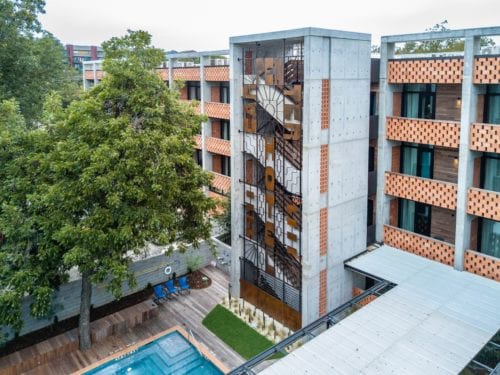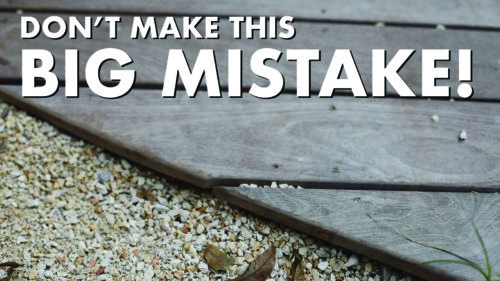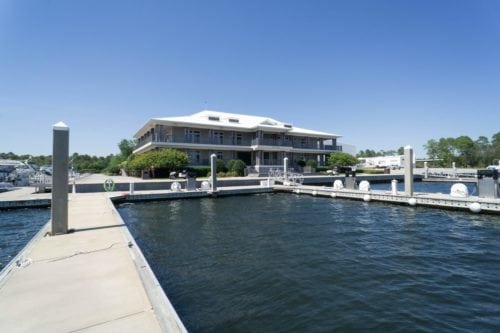If you are in the decking industry, you’ve probably heard of Massaranduba. No doubt you’ve run across a supplier, broker or website that promotes Massaranduba as an economical Ipe-alternative. When looking at the technical data, it’s hard not to agree: Ipe and Massaranduba have a similar density and strength based on the species characteristics.
However, I can’t tell you how many times I’ve seen projects that used Massaranduba have warping and cupping after only a year, especially in the south. So how can Massaranduba look like a great alternative based on the numbers but fall completely short when it comes to real-world application.
There’s one often overlooked characteristic that plays a big role in a wood species stability: dimensional shrinkage. Wood has moisture, and the rate at which that moisture is escaping or soaking into the board determines the movement of that board. The lower the percentage of dimensional shrinkage in a species, the less likely you will see warping, cupping and checking when exposed to varying weather conditions and climates.
Massaranduba has a 25% higher average dimensional shrinkage as Ipe and it’s other Hardwood decking counterparts. That means when installed in a climate with extreme variations in temperature like the south, or much of the United States, Massaranduba is 25% more likely to have movement than Ipe. If you are using a 1×6 product for decking or using grooved boards with hidden fasteners, you can almost guarantee there’s going to be movement.
So, don’t let the strength stats fool you, Massaranduba is by no means an Ipe alternative. For those reasons, TimberTown doesn’t sell Massaranduba, and there’s no reason to when they have access to some of the highest quality grade Ipe through Overseas Hardwoods Company.




